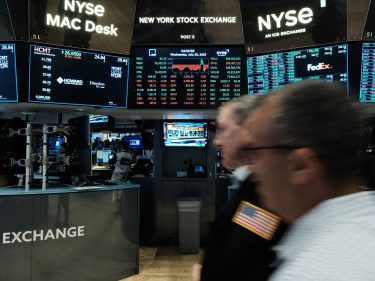Bitcoin Trapped Between 50 and 200-Day Averages as Bond Market Volatility Spikes, China Stocks Slide
BTC trades listless in a price range defined by key averages.
The spike in Treasury market volatility, represented by the MOVE index, can lead to risk aversion.
The slide in Chinese stocks may reverse the money flow to Asian stocks and cryptocurrencies.
Bitcoin (BTC) traded listless between key averages early Tuesday amid elevated volatility in the U.S. bond market and sharp losses in Chinese stocks.
The leading cryptocurrency by market value held above $62,000, with the Bollinger bandwidth, an unbound technical oscillator, falling to levels seen ahed of the mid-June downside price turbulence.
Bollinger bands are volatility bands placed two standard deviations above and below the 20-day simple moving average of the asset’s price. The bandwidth is calculated by dividing the spread between the volatility bands by the 20-period SMA. Rising bandwidth values indicate high volatility and falling values suggest otherwise. A volatility explosion often follows a prolonged period of low readings.
The bitcoin market, however, showed no such signs at press time, with prices locked within a narrow range between the 200-day simple moving average (SMA) resistance at $63,550 and the 50-day SMA support at $60,819.
The MOVE index, which measures expected volatility in U.S. Treasury notes, surged 24% Monday, reaching the highest since early January, according to TradingView.
Increased volatility in the Treasury notes, which play a prominent role in global collateral and finance, often causes financial tightening and risk aversion. The situation benefits the U.S. dollar, potentially weighing over risk assets, like stocks and bitcoin.
The path of least resistance for the dollar index is on the higher side as the notion of an aggressively dovish Fed has faded. According to ING, the dollar index could rise to 103 by the end of the month. The index was steady at around 102.45 at press time.
China’s Shanghai Composite Index fell by 4.6%, ending a ten-day winning streak, likely due to disappointment over the government’s lack of fiscal stimulus.
Beijing announced a slew of stimulus measures in late September, torching a sharp rally that supposedly sucked out capital from other Asian equity markets and bitcoin.
As such, the renewed slump in Chinese stocks may reverse the money flow, supporting other regional indices and cryptocurrency prices.




